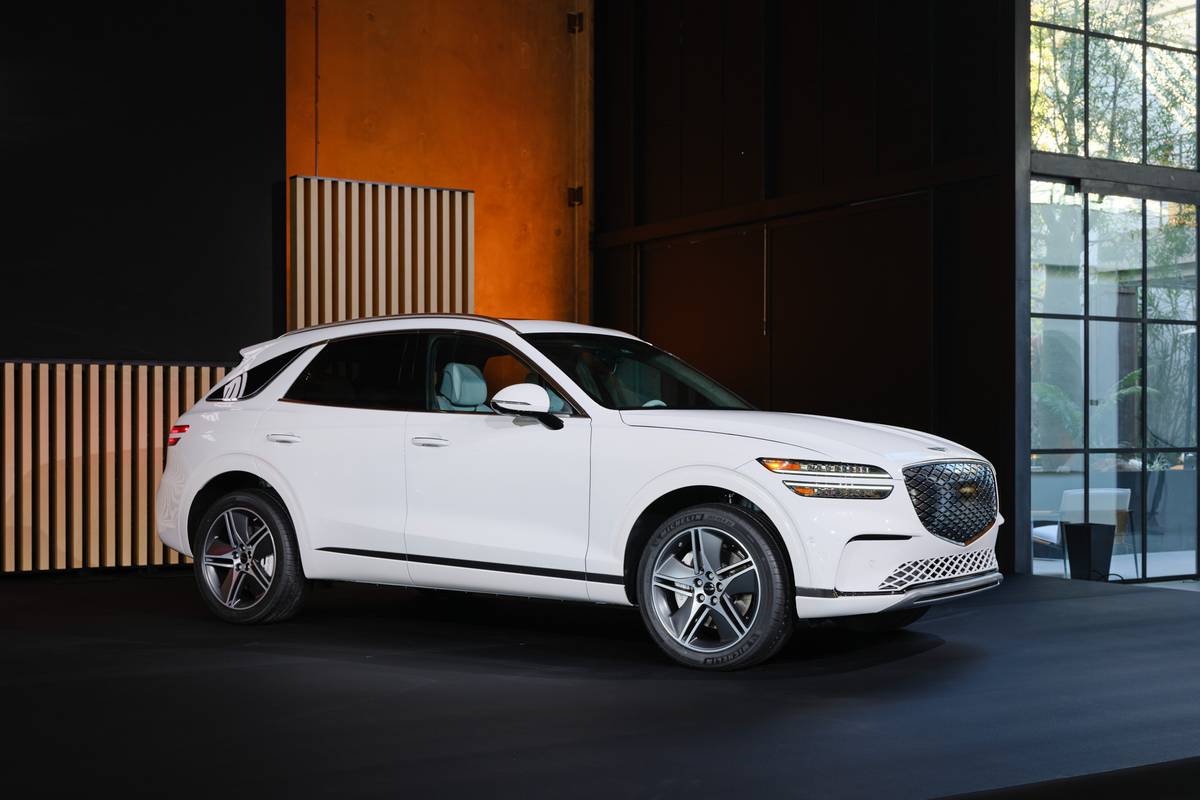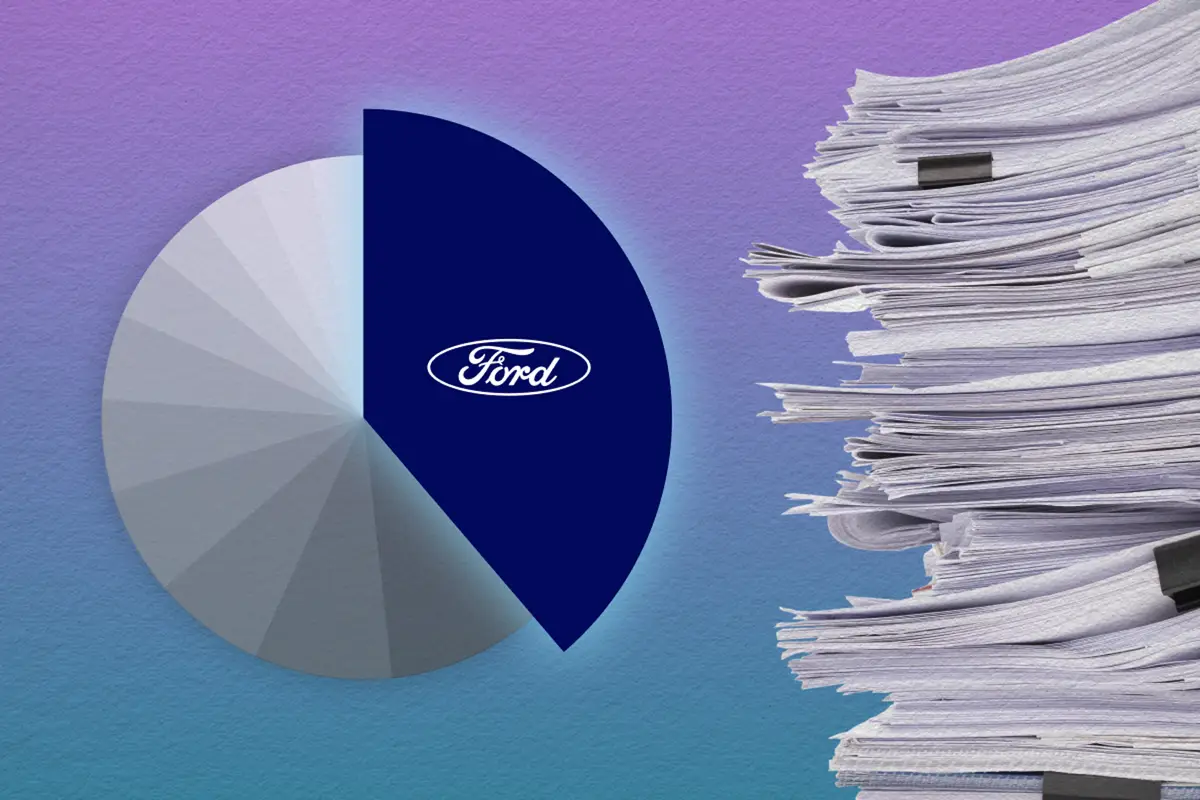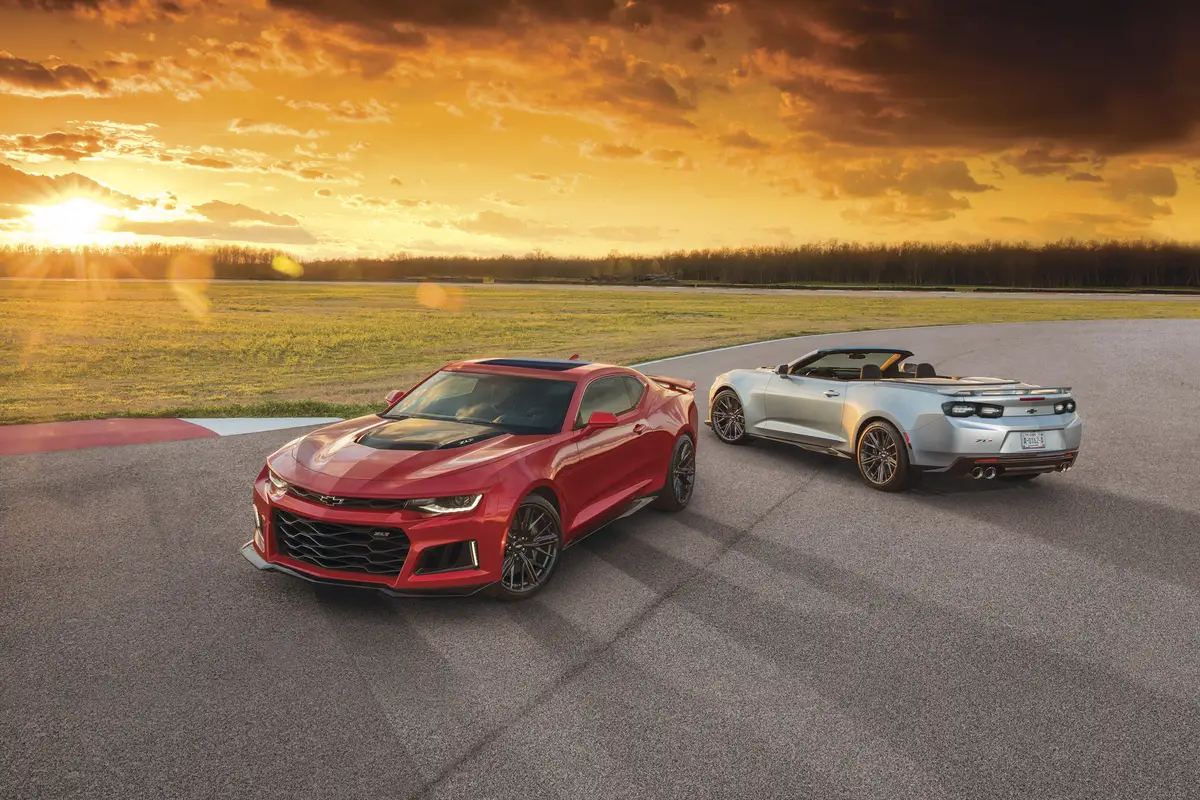chicagotribune.com's view
1996 Ford Taurus
We’ll preface our remarks by admitting that getting behind the wheel of a wagon is like driving a Volvo. The thrill comes at the end of the journey when you are able to bail out.
Wagons are basic transportation, no-frills haulers to cart as much stuff as possible without having to fool with a trunk lid. If you were to pull all of the world’s wagon offerings into a ballroom, you’d have the world’s largest assemblage of dullness. OK, maybe the world’s second-largest, after Geraldo.
So with that in mind, we have to say we loved the 1996 Taurus wagon. The 3-liter, 200-h.p., 24-valve V-6 is lively and spirited. Unless you glance in the rearview mirror to remind yourself you’re driving a wagon and not a sedan, you would easily be fooled.
Lots of people- and package-hauling capability in what is also a fairly attractive package. Yes, we like the all-new aero look for 1996, even the nose job.
Dual air bags are an added bonus. Anti-lock brakes are available, but as a $570 option. Shame on Ford for attempting to keep the base price down by making ABS an extra-cost item.
Those who need more room, but aren’t enamored with mini-vans; those who want space for the pet or the kids, but want something easier to maneuver than a mini-van; and those who like to travel and spend more time seeing the sights than a fuel pump, as you do in a mini van (the Taurus wagon is rated at an exceptional 19 m.p.g. city/27 m.p.g. highway), should check out the wagon.
Base price of the LX we tested is $22,000. Add $1,360 for a preferred equipment package that includes speed control, leather-wrapped steering wheel, carpeted mats, AM/FM stereo with cassette, power door-locks, power driver’s seat, cast aluminum wheels and cargo net; $990 for leather bucket seats (cloth is cooler in summer, warmer in winter and $990 cheaper any season),plus $550 for freight.
One final word directed to Ford Chairman Alex Trotman (who, when unveiling the Taurus/Mercury Sable wagons at this year’s Chicago Auto Show, insisted wagons weren ‘t dead while we argued that they had one fender in the grave): Sorry.
1996 Ford Taurus SHO.
Taurus with an attitude.
A family sedan with some kick, thanks to a 3.4-liter, 235-horsepower, 32-valve V-8 in place of a 3-liter, 220-h.p., 24-valve V-6. Ford responded to those who pleaded for a V-8 in the Explorer sport-utility vehicle that had been limited to a V-6 and now it has answered those who wanted a V-8 in the SHO, which also had only a V-6.
As with the V-6 that’s being replaced, Yamaha helped Ford develop the V-8 based on the new Duratec family of engines at Ford–the 2.5-liter V-6 in the Contour, the 3-liter V-6 in the Taurus.
Those who have driven the SHO V-6 may notice that the V-8 feels a shade less potent off the line, but quicker to respond to pedal pressure once you pull out to pass or need to merge at highway speed.
Ford explains that little nuance by pointing out the V-8 is rated at 235-h.p. at 6,100 r.p.m. and delivers 230 foot pounds of torque at 4,800 r.p.m., whereas the V-6 was rated at 220h.p. at 6,000 r.p.m. and delivered 215 foot pounds of torque at 4,800 r.p.m.
Considering the regular Taurus sedan needs a power boost despite the new 3-liter, 200-h.p., Duratec V-6 for 1996,the new V-8 is welcome relief even after the horsepower and foot pounds of torque analysis.
Some will argue a 5-speed manual is needed to get the most out of the 32-valve, V-8. However, when last we looked, most Illinois roads are covered with construction barriers from spring to fall, which severely hampers most attempts to go from first to fifth in the same day. Those barriers are removed about a week before the snow plows arrive. So much for the appeal of the 5-speed.
SHO road manners are a cut above the ordinary, as evidenced by sprin g-loaded, variable-assist, rack-and-pinion steering with the taut feeling at speed, which is preferred over too much looseness in the wheel, especially in sharp turns.
A height sensor at each wheel measures wheel-to-body position to determine whether the road is rough or smooth to optimize shock damping.
The sport-tuned suspension is complemented with 16-inch radials to provide sure-footed maneuvering and SHO performed admirably on a back-road serpentine course through the Illinois hinterlands. But we have to wonder whether 17-inch treads might not provide even better grip on twisting pavement.
Anti-lock brakes are standard on SHO, and Ford added larger front rotors and calipers to provide more confident braking from a performance sedan that will be coming down off speed on occasion.
Where Taurus comes up short is in appearance. There’s a spoiler on the deck lid, slightly flared rocker panel extensions, a body-colored taillamp applique, dual exhausts with a built-in rumble and the letters “SHO” carved into the rear bumper.
But we expected a bit more sizzle. SHO doesn’t have the dramatic sheet metal or the wheel-lip moldings or the SHO name-badge decorations one might expect from a car that Ford wants to differentiate from the family sedan. SHO styling defines conservative.
Base price is $25,930.
Standard equipment includes AM/FM stereo with cassette, power brakes and steering, power windows/mirrors/door locks/driver’s seat, speed control, floor mats, air filtration system and cargo tie-down in the trunk.
Our test vehicle added a preferred equipment group option at $1,855 that included remote keyless entry, air conditioning with temperature control, JBL audio system and a power moonroof. Comfortable and supportive leather buckets with larger sidebolsters ran $1,190, and a compact-disc changer cost $595. With a $550 freight charge and a $530 discount on the preferred equipment group, the sticker was $29,590, meaning with tax, title and the like, you have a $30,000 Taurus.
And when you reach $30,000 you have to ask: Taurus SHO or Chevrolet Impala SS (which starts at $24,405)?
The SS is a full-size, rear-wheel-drive sedan reaching the end of its limited engagement and SHO is a midsize, front-wheel-drive sedan entering its run sporting the Taurus line’s new body style.
We’d have to say that for power and performance, we’d opt for the SS. The 5.7-liter, 260-h.p. V-8 packs more punch than the SHO V-8.
And when it comes to ride and handling, the SS is in a league of its own. The special ride and handling suspension clings to the pavement without unnecessary roll in corners or pitch on uneven or roller-coaster surfaces. The 17-inch radials grab a wide patch of concrete. The gas-pressurized shocks keep road harshness to a minimum and the front and rear stabilizer bars keep the vehicle sitting flat in wide turns and sharp corners.
Like SHO, dual air bags and ABS are standard, but unlike SHO, the SS has standout styling that separates it from the Chevy Caprice “cab company” lineup.
The SS gets our vote.
>> 1996 Ford Taurus SHO
Wheelbase: 108.5 inches Length: 198.3 inches Engine: 3.4-liter, 235-h.p., 32-valve, V-8 Transmission: 4-speed automatic EPA mileage: 17 m.p.g. city/23 m.p.g. highway Base price: $25,930 Price as tested: $29,570. Includes $1,855 for preferred equipment group with remote keyless entry, air conditioning with automatic temperature control, JBL audio system and power moonroof; $1,190 for leather sport bucket seats; and $595 for compact-disc changer. Add $550 for freight. Pluses: V-8 power to convert family sedan into performance machine. Dual air bags and ABS standard. Very good road holding. Minuses: V-8 not as creamer. Purists will argue a 5-speed manual is needed. Not much in the way of styling differences to set the car apart from the regular Taurus sedan. A $30,000 Taurus. >>
Latest news



